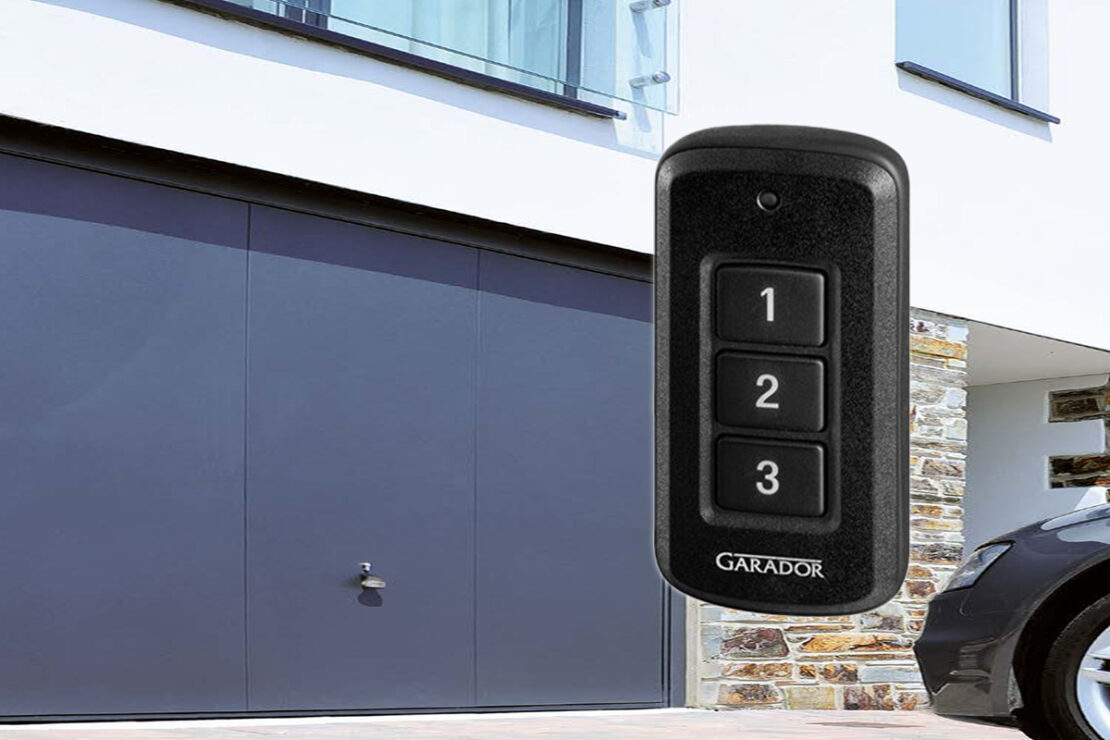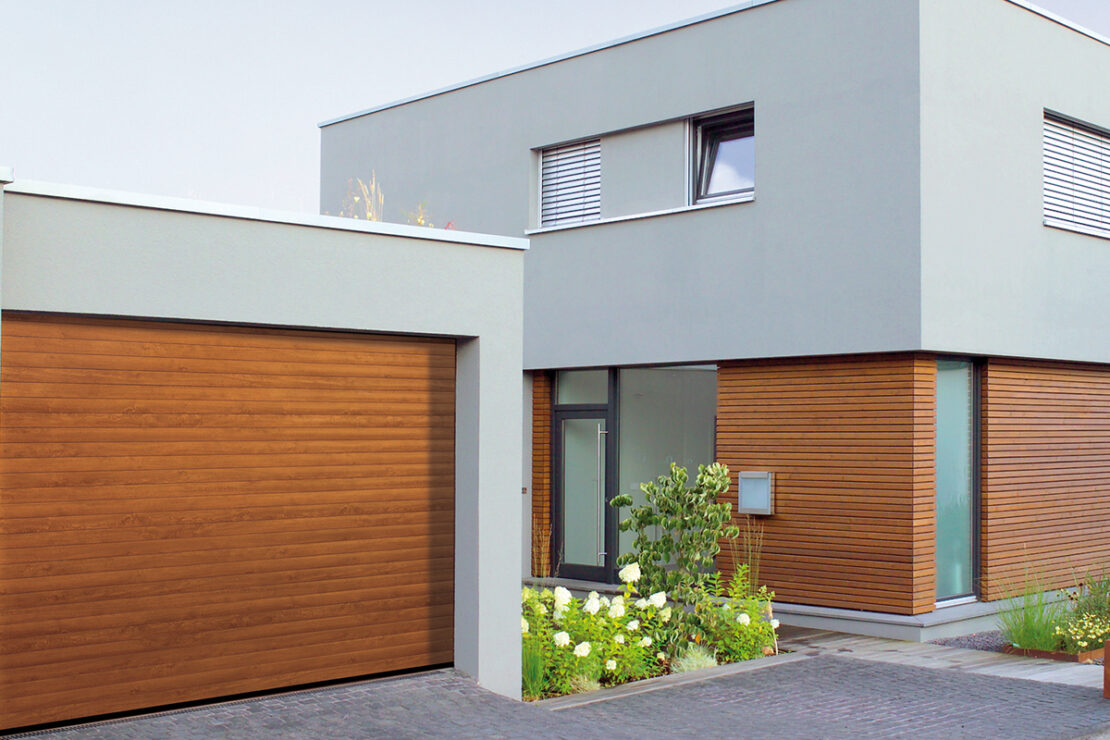
At Emsworth Garage Doors we have produced a guide on how to clean and maintain your garage door, to keep it looking its best.
Many manufacturers ask you to follow a cleaning guide to keep your garage door within warranty; usually this can be as little as a quick wipe over with soapy water every couple of months.
However, when you need some specific guidance on door maintenance, check out the sections below:
The information in this article constitutes recommendations for cleaning options. There is no guarantee that cleaning will be successful. Always follow the manufacturer’s instructions.
Table of contents
- How do I clean my door?
- How often should I clean my door?
- How do I get rid of stubborn dirt?
- How do I freshen up the paint on my door?
- How do I clean glazings?
- How do I maintain stainless steel designs, floor profiles (ST) and fittings and remove light dirt?
- How do I remove minor rust from doors?
- How do I remove tree sap or dried bird droppings from the door surface?
- How do I care for the seals on my garage door?
- What parts on the door require regular oiling?
- How do I coat or paint my door?
- How do I maintain my timber door?
- How do I stop corrosion on my door?
How do I clean my door?
In general, clear water is sufficient for cleaning and care.
Use warm water together with a neutral, non-abrasive cleaning agent (household detergent, pH value 7) if more heavily soiled.
How often should I clean my door?
The entire door should be cleaned at least once every 3 months.
The track area between the sections and frame should be kept clean and free of dust at all times, as otherwise the door colour may be damaged at the edges.
We also recommend treating and maintaining the door surface with a commercial car polish to provide the paint with long-term protection.
⚠️ Do not use with a polishing machine!
⚠️ A wide range of environmental influences (e.g. maritime climate, acids, road salt and extreme air pollution) can shorten the cleaning intervals.
How do I get rid of stubborn dirt?
Stubborn dirt can be removed using a standard commercial car polish.
⚠️ Do not use with a polishing machine!
How do I freshen up the paint on my door?
If the paint is weathered due to insufficient maintenance and care, you will first have to clean it thoroughly with water and a pH-neutral detergent in order to remove any residues and dust. You can then treat the paint with a paintwork cleaner and finally seal the paint.
⚠️ Do not use with a polishing machine! Follow the directions provided by the manufacturer!
How do I clean glazings?
First, rinse off any dirt and dust particles with water.
If necessary, then wipe down with water, pH-neutral household detergent and a soft, clean cloth.
If the panels are foggy after many years of use, the only option is to exchange the glazing.
How do I maintain stainless steel designs, floor profiles (ST) and fittings and remove light dirt?
We recommend a stainless steel maintenance foam for maintaining stainless steel. Shake before using. Spray the care spray on a lint-free cloth and wipe the surface down. Follow the directions provided by the manufacturer.
For more stubborn, heavy dirt, apply a thin layer of polish using a cloth.
Depending on the application and material, polish with slight pressure until the desired gloss level is achieved. Wipe off any black residues with a microfibre cloth.
⚠️ Do not use on coated and painted metal parts (e.g. aluminium rims), raw metal surfaces or chrome-plated plastic parts. Follow the directions provided by the manufacturer!
How do I remove minor rust from doors?
First, clean the door with water. Then, treat with a fallout cleaner. Apply the rust remover and allow it to set in for approx. 3-5 minutes. Then, remove the rust spots with a cloth. Finally, rinse the door off with water.
⚠️ Follow the directions provided by the manufacturer!
How do I remove tree sap or dried bird droppings from the door surface?
A tree sap remover is best suited for this job.
⚠️ Follow the directions provided by the manufacturer!
How do I care for the seals on my garage door?
We recommend a rubber protectant.
⚠️ Follow the directions provided by the manufacturer!
What parts on the door require regular oiling?
Only the hinges, roller holders, spring shaft bearings and spring shaft holders have to be treated with a standard commercial spray oil or spray grease every 3 months.
⚠️ Do not oil or grease the tracks.
If the tracks show indications of corrosion, you can clean them with a car polish. This also provides protection against new residues.
⚠️ Do not oil the profile cylinder; instead, treat it with a maintenance spray for profile cylinders once every 2 years.
How do I coat or paint my door?
First, clean the entire door surface.
We recommend removing the intermediate door seals using your hands.
Next, sand the door surface using fine sanding paper (at least 180 grit for doors with primer coating, or at least 220 grit for doors with decor surface finish). Then, clean with water, dry and degrease. For doors with a primer coating, you can use standard commercial paint for outdoor applications.
For doors with a decor surface finish, you can use standard commercial acrylic paint for outdoor applications. The surface can be coated, rolled or painted.
Dark colours should be avoided for double-skinned doors and doors with thermal break.
Observe the application instructions of the paint manufacturer!
Once the paint is dry, you can instruct the intermediate door seals back in place.
How do I maintain my timber door?
To maintain its protective effect, the timber door surface must be inspected, and, depending on the degree of weathering, professionally repaired or retouched (at least once annually). Clean dirty surfaces and rework them with sandpaper (280 grit) first. High-quality, water-based glazes are suitable for coating exterior components with limited dimensional accuracy. Test sample surfaces at discrete spots and follow the directions provided by the manufacturer!
⚠️ Important notices for timber doors: Do not use dark glazes in direct sunlight. Never use paints that will block surface pores because they prevent uniform moisture exchange. Non-sufficient coating increases the risk of cracks in the timber.
How do I stop corrosion on my door?
To mitigate and reduce the effects of marine influence, a high-frequency cleaning programme is essential. If the door is in an area prone to coastal corrosion from airborne salts and sand, the door should be cleaned monthly or immediately after a weather event.
Clean lifting gears and other metal surfaces inside the garage with a cloth soaked in a light oil, which will help protect your door from corrosion. It must be accepted that salt air is very aggressive and extra care is required.
The paint finishes and protections applied to garage door components are generally effective at delaying corrosion, but all require cleaning, irrespective of location. As a general rule, no caustic, abrasive or corrosive chemicals and substances, flood water, water runoff, or runoff from lead, copper or galvanic metal flashing should be allowed to come into contact with the door.




